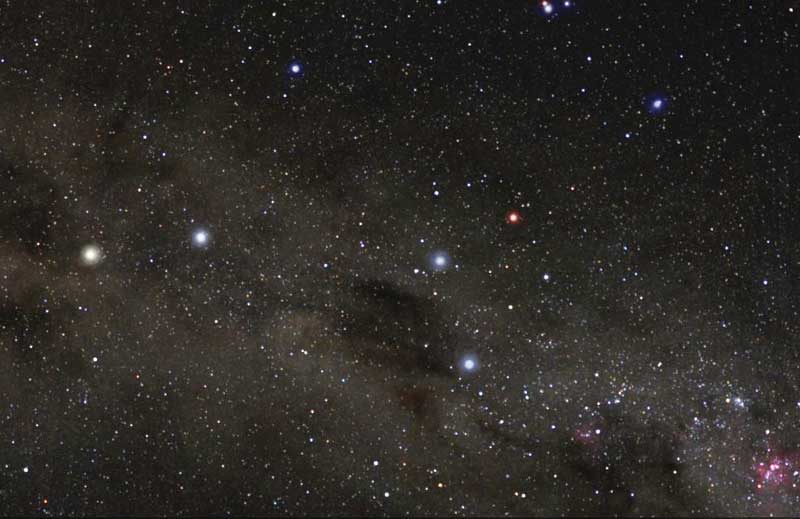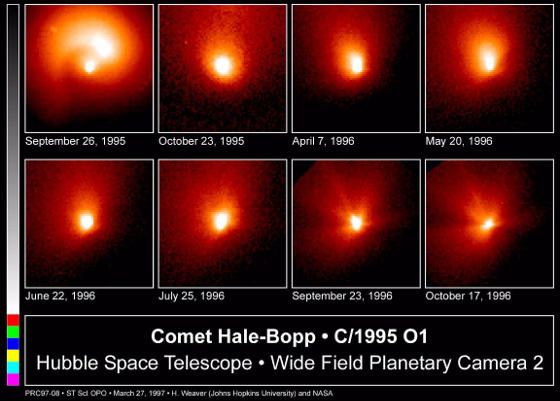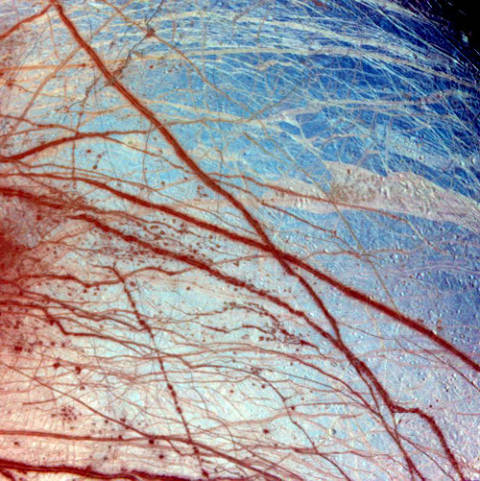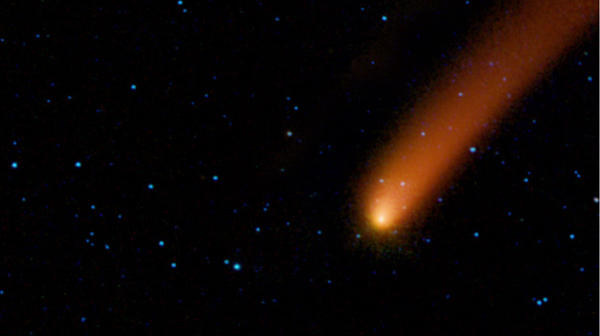The Galileo spacecraft found many interesting landforms on Jupiter’s moon Io. Included are some that look like volcanoes, with active lava streams.
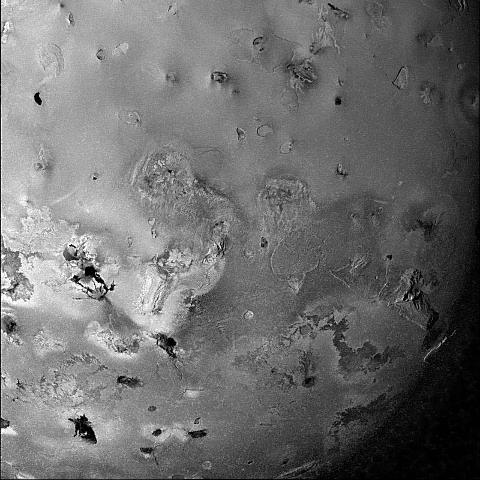
Several high-temperature volcanic hot spots have been detected in this region by both the Near Infrared Mapping Spectrometer (NIMS) and the solid state (CCD) imaging system on-board Galileo. The temperatures detected in this part of Io are consistent with active silicate volcanism in lava flows or inside irregular depressions called calderas (lava lakes).
